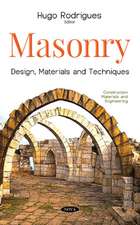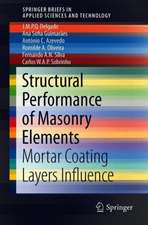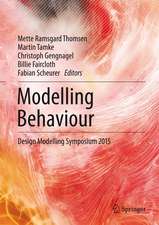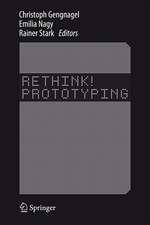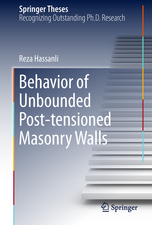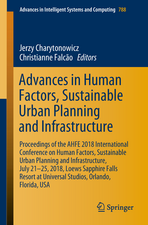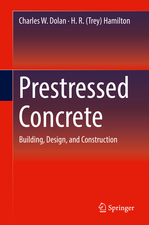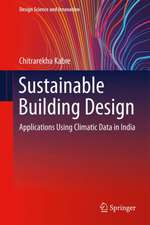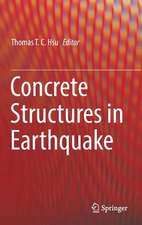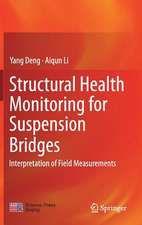Humanizing Digital Reality: Design Modelling Symposium Paris 2017
Editat de Klaas De Rycke, Christoph Gengnagel, Olivier Baverel, Jane Burry, Caitlin Mueller, Minh Man Nguyen, Philippe Rahm, Mette Ramsgaard Thomsenen Limba Engleză Hardback – oct 2017
The chapter authors were invited speakers at the 6th Symposium "Design Modelling Symposium: Humanizing Digital Reality", which took place in Ensa-Versailles, France from 16 - 20 September 2017.
| Toate formatele și edițiile | Preț | Express |
|---|---|---|
| Paperback (1) | 964.40 lei 6-8 săpt. | |
| Springer Nature Singapore – 22 dec 2018 | 964.40 lei 6-8 săpt. | |
| Hardback (1) | 970.70 lei 6-8 săpt. | |
| Springer Nature Singapore – oct 2017 | 970.70 lei 6-8 săpt. |
Preț: 970.70 lei
Preț vechi: 1183.78 lei
-18% Nou
Puncte Express: 1456
Preț estimativ în valută:
185.77€ • 193.23$ • 153.36£
185.77€ • 193.23$ • 153.36£
Carte tipărită la comandă
Livrare economică 12-26 aprilie
Preluare comenzi: 021 569.72.76
Specificații
ISBN-13: 9789811066108
ISBN-10: 9811066108
Pagini: 684
Ilustrații: XXXI, 684 p. 484 illus., 402 illus. in color.
Dimensiuni: 155 x 235 mm
Greutate: 1.17 kg
Ediția:1st ed. 2018
Editura: Springer Nature Singapore
Colecția Springer
Locul publicării:Singapore, Singapore
ISBN-10: 9811066108
Pagini: 684
Ilustrații: XXXI, 684 p. 484 illus., 402 illus. in color.
Dimensiuni: 155 x 235 mm
Greutate: 1.17 kg
Ediția:1st ed. 2018
Editura: Springer Nature Singapore
Colecția Springer
Locul publicării:Singapore, Singapore
Cuprins
Data and Design: Using Knowledge Generation/Visual Analytic Paradigms to Understand Mobile Social Media in Urban Design.- This room is too dark and the shape is too long: quantifying architectural design to predict successful spaces.- The design implications of form-finding with dynamic topologies.- A Multi-Scalar Approach for the Modelling and Fabrication of Free-form Glue-laminated Timber Structures.- Stone Morphologies: Erosion-Based Digital Fabrication through Event-Driven Control.- Simulating pedestrian movement.- Automated Generation of Knit patterns for Non-developable surfaces.- Voxel Fields as data representations A Method for Flexible Data Sampling of CFD data sets.- Survey-based Simulation of User Satisfaction for Generative Design in Architecture.- Design Tools and Workflows for Braided Structures.- Monolithic Earthen Shells Digital Fabrication: Hybrid Workflow.- A tool for optimizing conceptual mass design and orientation for rain water harvesting facades.- Assessment of RANS turbulence models in urban environments: CFD simulation of airflow around idealized high-rise morphologies.- Index.
Textul de pe ultima copertă
This book aims at finding some answers to the questions: What is the influence of humans in controlling CAD and how much is human in control of its surroundings? How far does our reach as humans really go? Do the complex algorithms that we use for city planning nowadays live up to their expectations and do they offer enough quality? How much data do we have and can we control? Are today’s inventions reversing the humanly controlled algorithms into a space where humans are controlled by the algorithms? Are processing power, robots for the digital environment and construction in particular not only there to rediscover what we already knew and know or do they really bring us further into the fields of constructing and architecture?
The chapter authors were invited speakers at the 6th Symposium "Design Modelling Symposium: Humanizing Digital Reality", which took place in Ensa-Versailles, France from 16 - 20 September 2017.
The chapter authors were invited speakers at the 6th Symposium "Design Modelling Symposium: Humanizing Digital Reality", which took place in Ensa-Versailles, France from 16 - 20 September 2017.
Caracteristici
Answers questions about the influence of humans in controlling CAD and how much human is in control of its surroundings
Poses new challenges to match the complex algorithms that we use for city planning to their expectations for living
Questions whether inventions reverse the humanly controlled algorithms into a space where humans are controlled by the algorithms
Poses new challenges to match the complex algorithms that we use for city planning to their expectations for living
Questions whether inventions reverse the humanly controlled algorithms into a space where humans are controlled by the algorithms


